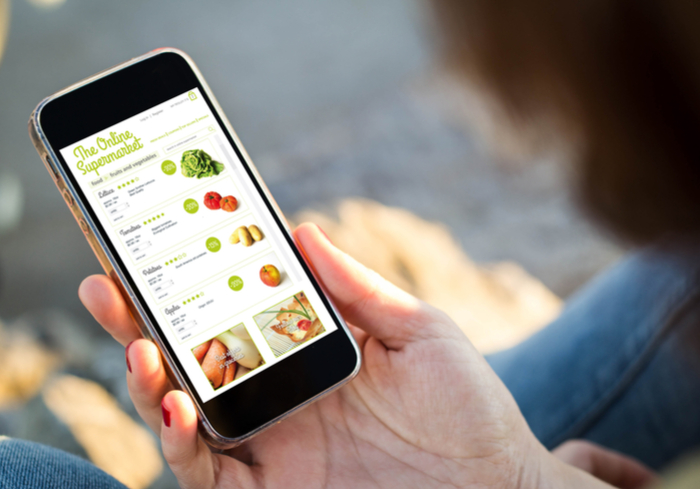
A weekly trip to the grocery store has long been a fixture in most Americans’ lives. But as more consumers embrace the convenience and simplicity provided by eCommerce options, roaming the produce and frozen food sections of their local supermarket is becoming a thing of the past.
Instead, a growing group of consumers — particularly millennials and other young shoppers — are embracing connected grocery offerings.
While online grocery merchants are still a minority in the industry, that could soon change. Online and mobile food sales are projected to have a 13 percent annual growth rate in 2018, with digital supermarket sales projected to reach $100 billion by 2025. Now, some of the biggest names in the grocery space are taking note and angling to win over a sizable slice of that online grocery pie by rolling out new digital offerings and services.
Kroger, for one, is putting its money into delivery services – but not delivery drivers.
The company is currently collaborating with automated technology provider Nuro to design and pilot an on-road, fully autonomous, same-day delivery service through its ClickList ordering system and Nuro’s app. Orders will be delivered by the latter’s fleet of fully unmanned autonomous vehicles, described as the world’s first.
Walmart, meanwhile, recently rolled out some delivery partnerships of its own, though the company is keeping human employees in the driver’s seat, at least for the time being.
The retailer partnered with same-day delivery startup Deliv and with smart locks and home accessories provider August Home to test a direct-to-fridge online grocery delivery concept. Under this model, delivery drivers let themselves into homes to stock requested items directly into consumers’ refrigerators.
Walmart has also forged an alliance with on-demand delivery and pickup platform Postmates to help power Walmart’s Online Grocery Delivery program. The program will make its debut in Charlotte, North Carolina, and the pair plans to expand the service to other markets in “the next few months.”
These delivery offerings, and others like them, may be crucial for supermarkets that plan to compete in the online age. A growing percentage of spending on food is being directed away from supermarkets and toward QSRs, according to recent research, as consumers continue to increase their adoption of mobile order-ahead apps and services. Meeting consumers where their phones are and offering grocery ordering apps may be the way to win them back.
Download the latest Commerce Connected Playbook to read more about these developments and the state of the grocery industry in the U.S.